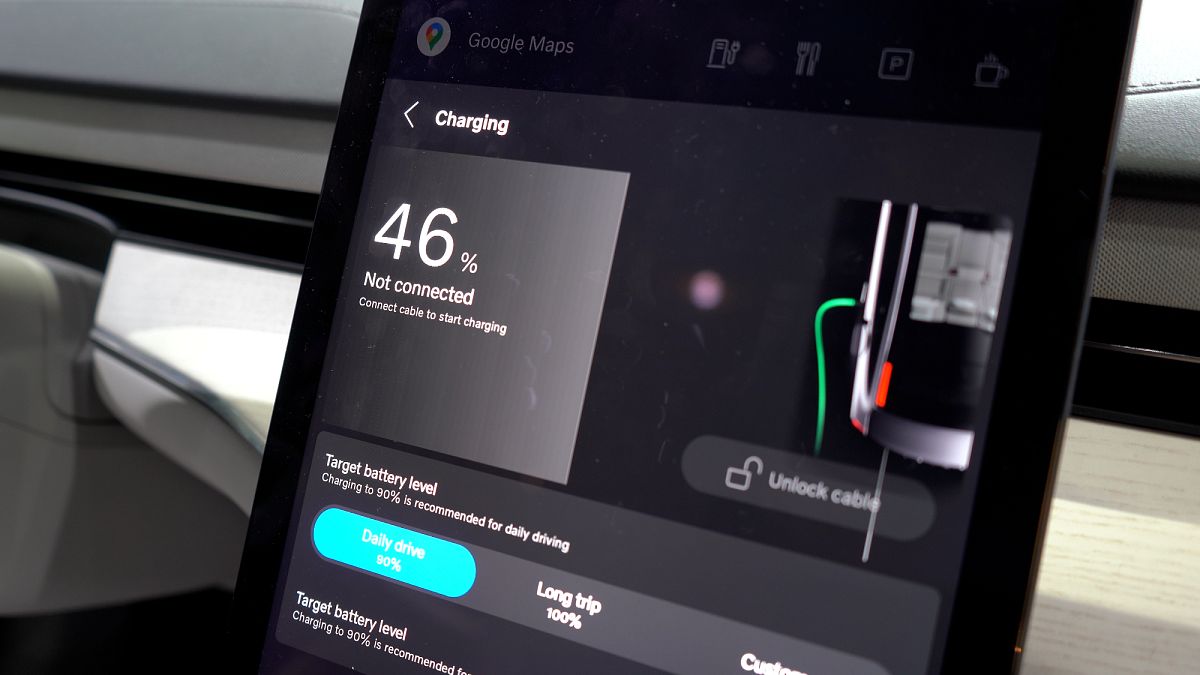AI‑Powered Battery Charging: Your Electric Car’s Future

Harnessing AI for Accurate Battery Estimation in Electric Vehicles
Why AI Matters for EV Efficiency
- Dynamic Power Management: AI algorithms continuously analyze real‑time sensor data, enabling drivers to receive more precise range predictions.
- Predictive Maintenance: By monitoring battery health trends, AI can spot premature degradation, helping owners schedule timely repairs.
- Optimized Energy Flow: Smart forecasting allows the vehicle’s control system to adjust acceleration and regenerative braking, reducing unnecessary consumption.
Potential Headwinds and Safety Concerns
While the promise of AI is strong, missteps in its deployment could pose severe hazards:
- Inaccurate Range Estimates: Over‑confidence in computed figures may lead drivers to underestimate remaining travel capability, increasing the risk of battery depletion in remote areas.
- Faulty Decision Logic: Errors in AI‑driven controls could inadvertently trigger high‑current electrical flows, potentially causing overheating.
- Data Integrity Issues: If sensor streams are corrupted or misinterpreted, the AI could make incorrect adjustments, jeopardizing vehicle stability.
Mitigating Risks While Amplifying Gains
To ensure safety without compromising performance, developers are adopting:
- Redundancy Checks: Multiple algorithms cross‑validate each other before executing critical battery‑related actions.
- Continual Learning Protocols: Periodic updates from real-world usage refine model accuracy and adapt to evolving vehicle dynamics.
- Fail‑Safe Mechanisms: Guaranteed fallback routines are in place so the vehicle will default to conservative power usage if AI output is suspect.
Conclusion
The integration of AI into battery estimation holds the key to unlocking greater latitude and resilience for electric vehicles. By balancing sophisticated predictive analytics with rigorous safety frameworks, manufacturers can deliver smarter, more reliable driving experiences that keep both efficiency and safety at the forefront.
Why Accurate Battery Charge Readings Are Critical for EV Safety
When a smartphone charger icon drops faster than expected, most of us shrug off the discrepancy. In an electric vehicle (EV), however, the State of Charge (SOC) figure is more than a convenience—it is a safety safeguard that helps avoid overcharging or total depletion of the battery.
Potential Hazards of Incorrect SOC Estimations
- Overcharging can generate excessive heat and chemical decay.
- Heat buildup may lead to thermal runaway, a colloquial term for a battery fire.
- Under‑charging leaves the vehicle stranded or triggers emergency shutdowns.
Why AI Has Been Slow to Enter EV Batteries
Historically, automotive manufacturers shied away from artificial intelligence because:
- AI systems are data‑driven and can act as black boxes, making it difficult to pinpoint failures.
- Guaranteeing causality and liability in case of malfunction became a major hurdle.
- Traditional battery monitoring relies on transparent, testable calculations using voltage, current, and temperature values.
Changing the Narrative: AI for Faster Battery Diagnosis
Recent research has highlighted AI’s ability to:
- Decode subtle patterns in voltage, current, and temperature data.
- Track the rapid evolution of cell health better than conventional methods.
- Predict ageing and wear-related issues with higher precision.
Testing AI Robustness through Fault Injection
To assess resilience, researchers injected corrupted input data—mimicking electrical interference and radiation—into an AI model. Findings:
- Even minor data corruption produced significant deviations in SOC output.
- Such inaccuracies could trigger unintended vehicle shutdowns or battery overcharging.
- Worst case: enhancing the risk of overheating or fire.
The “Safety Cage” Solution
As a mitigation measure, a dual‑layer approach has been proposed:
- Safety Cage: A monitoring system that cross‑checks AI predictions against hard thresholds (voltage, current, temperature).
- If the AI’s output strays beyond acceptable limits, the system can promptly shut down the AI module.
- This strategy keeps the advantages of AI while maintaining proven safety checks.
Future Outlook
While the safety cage is a promising step, it is only one of many potential safeguards. Continued research and rigorous testing will be essential as AI integration in EV battery management progresses.





